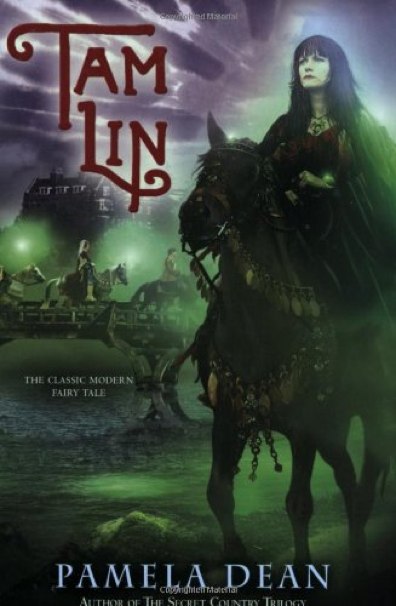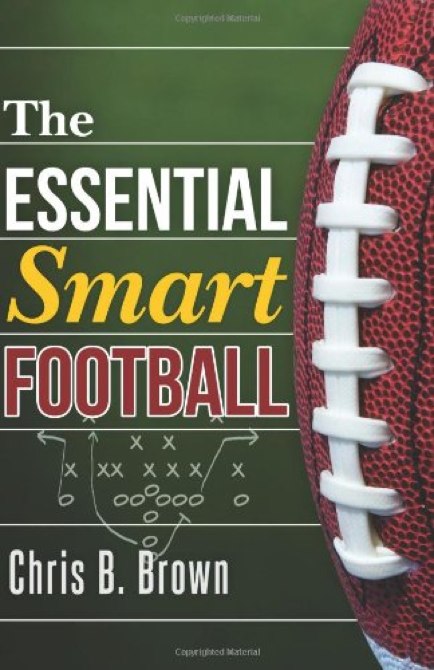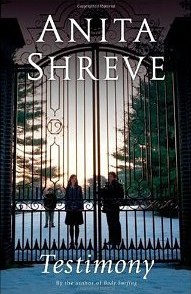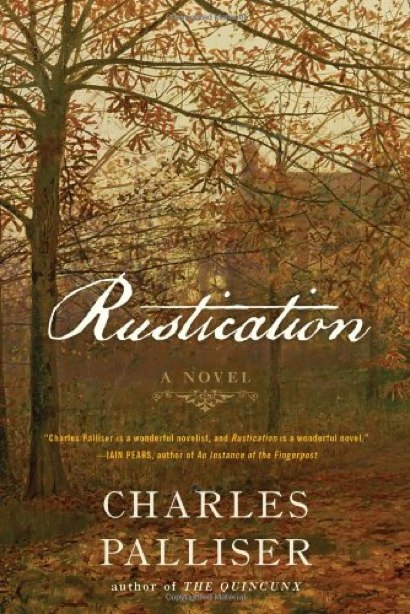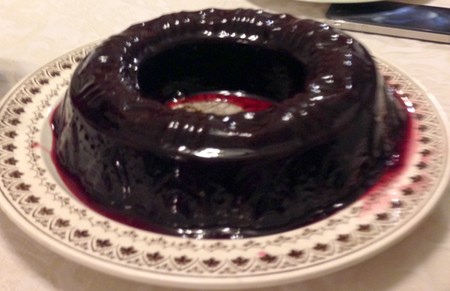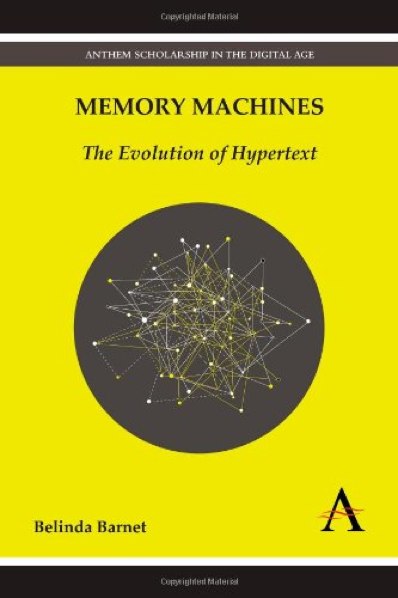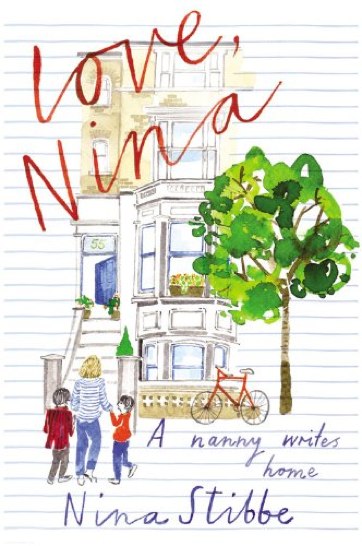Apple’s holiday ad, Misunderstood, is widely misunderstood.
Make an effort and try to picture this scene happening in your family — would you really enjoy watching a video that your son made with his iPhone, at the expense of not participating in family activities? …. I can tell you my reaction: I would tell my teenage daughter that she made a serious judgment error, and that living your life is far more important than documenting it.
(I can’t figure out who wrote this. The byline in “Virgil.” I’m not sure if that’s an allusion to Inferno or to Mr. Tibbs, or perhaps the author happens to be named Virgil. Cute how they lift the image from Huffington Post and take care that the credit URL is neither clickable nor copyable, just to make sure the creator gets as little benefit from the credit as possible. That’s the spirit!)
(Athens, 612 BC) The fanboys are out in force, standing in lines — for hours — to get seats to Thespis’s trendy new “theater.” What is this theater, you ask? It’s just a song and dance, exactly like any other, except you have two or even more people speaking at once.
That’s right: you get to pay twice! Or even three times! Do you get more singing? No! Do the Gods respond more favorably? That remains to be seen, but if the Gods wanted us to waste money, surely they’d rather just have us make larger sacrifices. Or throw it into the sea! That’s all those fruity fans are doing.
(Athens, 408 BC) Sokrates runs around saying, “The unexamined life is not worth living.” Right! And to examine life, in Sokrates’ book, you’ve got to spend all day in the academy, swilling swell wine and talking with his “geniuses” in their official blue peploi. If my teenage daughter wanted to examine her life, I’d tell her she’d made a serious error in judgment, yes sir!
Maybe Virgil has a cartoon family. Maybe Virgil has no problems he can’t talk through with his teenage daughter. Maybe he believes she has none she can’t talk through with him, right there in the moment, with the grandparents listening and the toddlers rollicking about. And if that’s all true, well, bully!
But it’s not always going to be true. Sometimes, there are things you can’t talk about. Sometimes, there are no words. And sometimes you want to take care, to set it up so you say what you mean, not whatever comes into your head.
Virgil asks,
Really, USA? This is how you see people’s lifes being enriched? Do you need technology to communicate, even when you’re right next to each other?
Virgil, there’s a technical term for using technology to communicate with people who are right next to you.
It’s called “art.”
The purpose of art is to delight us; certain men and women (no smarter than you or I) whose art can delight us have been given dispensation from going out and fetching water and carrying wood. It's no more elaborate than that. — David Mamet
